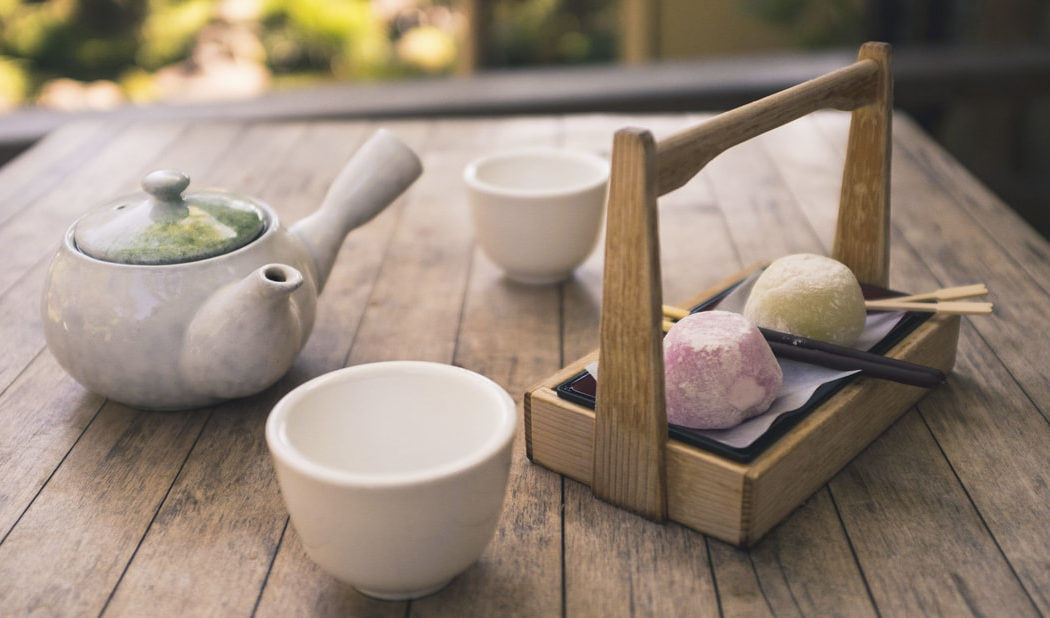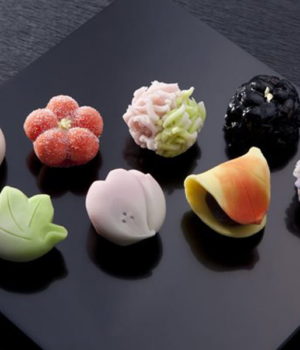Japanese gastronomy is characterized by its respect for tradition, elegance and flavor. But, above all, desserts are the ones that most respect this finesse. The wagashi are an example of it. A sweet dish that stands out for its appearance, very similar to miniature artwork. We tell you all the details of this typical Japanese dish.
small works of art
The waghasi They are typical traditional sweets of Japanese cuisine. This type of snack is thought to accompany tea, since its sweetness combines the bitterness of said infusion like nothing else. The tea ceremony is one of the most important rites in Japanese culture, so these cakes are made with care and taste. Although they are designed for this, it is also very common give them away at family events.
They are made with all natural ingredients, in which wheat, sugar, rice and red beans prevail. To these are added many others, depending on the time of year, such as the cherry blossom during the sakura, flowering time of these trees. Unlike Western desserts, the wagashi does not contain high amounts of oils or dairy products.

Stimulating the five senses
Try a wagashi it is to sharpen our five senses, since these cakes are appreciated with all of them. Its shapes and colors will quickly enter our eyes. Nail shapes that evoke seasonality and nature. Even so, it should be noted that there are pastry shops that make them in any shape at the request of the client. Second, our touch will be stimulated thanks to the soft textures of these bites.
When we have already taken it in our hands, an aroma of the different ingredients will flood our nostrils. this feeling will explode in our mouth, where taste and texture will mix to offer us a sensation of pleasure almost never known. And perhaps the most curious thing is in relation to the stimulation of the sense of hearing. And it is that the names of each class of this dessert evoke the haikus, popular Japanese poems.

The history of wagashi
As we have already commented, the wagashi they have always gone hand in hand with popular tea ceremonies. Nevertheless, there is no consensus on the exact date of its origin. They are known to be a ancient tradition, within the Yayoi period, which spans from the XNUMXrd century BC to the XNUMXnd century AD. There are documents that confirm the existence of cakes made with sugar from fruits and cereals.
It was not until a few years later that Japanese cuisine began to be influenced by Chinese, being key to the appearance of other types of cakes, among which highlights the mochis. Cane sugar was a before and after in Japanese cuisine. Although at first it was considered a luxury ingredient, it soon became very popular, especially thanks to the introduction of this food by Portuguese merchants.

The splendor of a traditional kitchen
The wagashi, which had its splendor in the XNUMXth century, were considered as food for the upper classes, but little by little they also became popular among the Japanese commoners. a country that has never forgotten its traditional roots as far as the kitchen is concerned. The gastronomy of japan It is characterized by its respect for tradition, culture and the land.
Over the centuries it has evolved due to international influences, although without losing sight of the traditional values of an ancient culture. During the Middle Ages and the Modern Age, the greatest movements occurred thanks to the introduction of new products and techniques, especially from China and Western countries.
Rice, seaweed and fish are the main products of the cuisine of the country of the rising sun. Not forgetting tea or desserts. All of this forms endless tasty and nutrient-packed recipesvery beneficial for our health. A gastronomy that is well worth knowing. Are you going to try all these delicacies?







